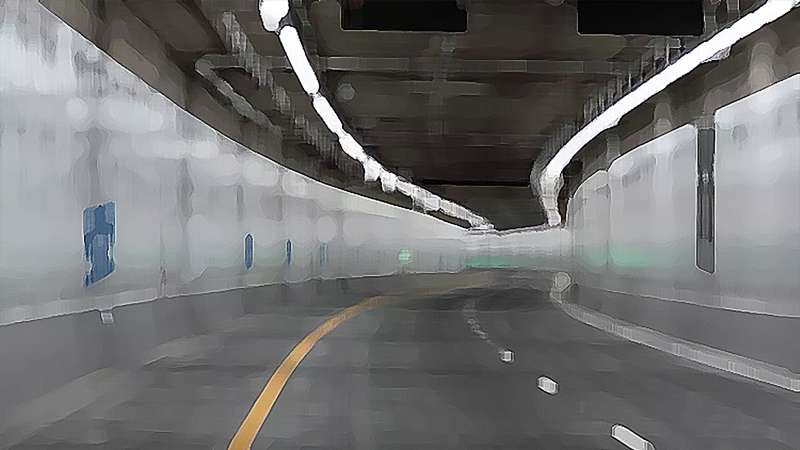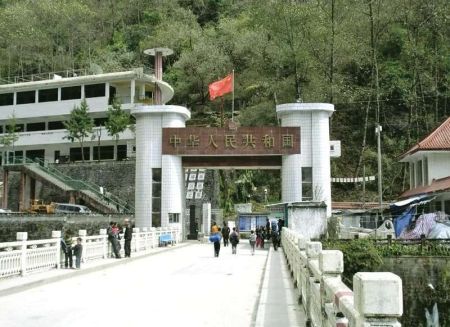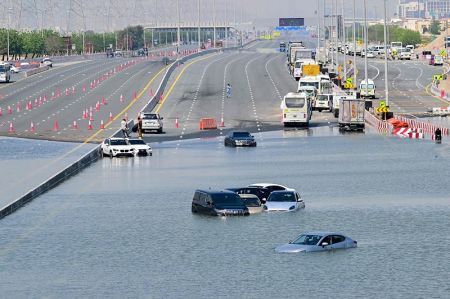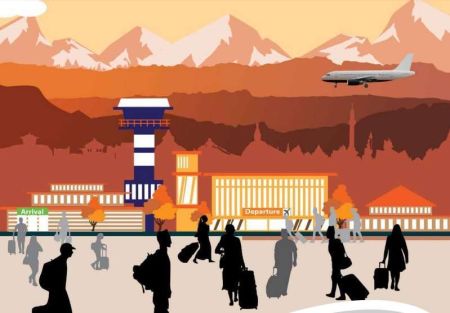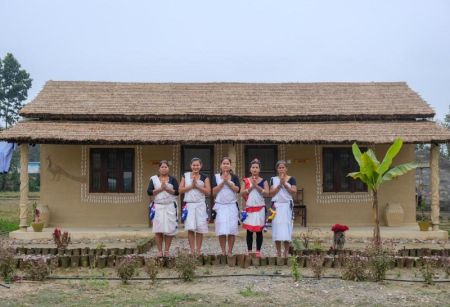The government should not be wasting resources on projects that in the long run do not add value irrespective of whether it is being financed with foreign grant or not.
--BY MANOJ SHAHI
According to a news report published in Aarthik Abhiayn national daily on March 19, 2019, the government is pushing ahead with the selection of contractor for the tunnel being considered between Sisne Khola and Nagdhunga. Apparently, the tunnel will only reduce a distance of 2.1 kilometers from the existing route. To reduce 2.1 kilometers, the country will be spending 22 billion rupees (almost 200 million USD), that is 4.4 billion rupees (about 40 million USD) per kilometer for the tunnel which is expected to be only 5 kilometers long. Nobody seems to be asking the question whether this tunnel is really necessary and whether building the tunnel is the right use of our limited financial resources. Just because the bulk of the fund is coming from the Japanese government through the Japan International Cooperation Agency (JICA) does not mean that we should be wasting resources that could be used in other projects that would have an immediate and greater impact on the country’s economy. This is especially true if this foreign financing is in terms of a loan that needs to be paid back which seems to be the case. Even if it is a grant, we should be spending the money more wisely to get the most out of the financing for the benefit of the country.
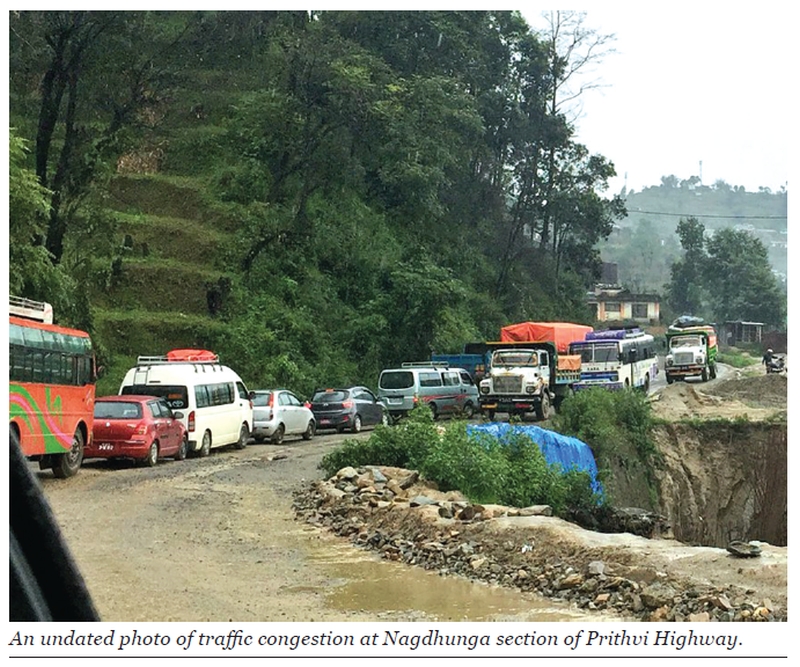
The reason cited for this project is to reduce the traffic congestion from Nagdhunga to Thankot but anybody who has driven on this road knows that the traffic congestion is more severe from Thankot to Kalanki. It is also clear to most people that the real reason for this congestion is the lack of an alternative reliable route connecting Kathmandu to the Terai so the bulk of the traffic in and out of the valley has to go through this road. Furthermore, if the government is considering collection of toll fees to use this tunnel, then there will be the need for separate toll gateways. Even if we automate these gateways, until an alternative route to the Terai is constructed, the congestion is not going away but being shifted to another location – entrance to toll ways on both sides and in the tunnel itself. Does anyone want to be in traffic jam when a major earthquake hits, especially if the maintenance of this section is similar to what is being experienced currently on the roads? Just creating an alternative route between two close points on a highway does not reduce congestion. The only way to reduce congestion is to either increase the lanes of the roads throughout so more traffic can flow or reduce the amount of traffic that uses the road. The tunnel does not really achieve either of these.
Now with the Kathmandu-Nijgadh Fast Track road under construction, we will have another major highway connecting the valley to the Terai. Upon its completion, the bulk of the commercial and private traffic will flow through this road which will significantly reduce the traffic on the Nagdhunga route thereby easing the current congestion on the road. This will make building this tunnel even more irrelevant. Reduction in traffic also means reduction in toll collections to maintain and pay for the tunnel construction costs. The question to ask is whether we should be spending 200 million US dollars to alleviate congestion that will be significantly reduced and whose cost we may not be able to recover? Would anybody be willing to pay high usage fees when there is little or no congestion and the savings in distance is only 2.1 kilometers and savings in time is not that significant? Wouldn’t it be better, therefore, to spend this money on building the fast track road instead?
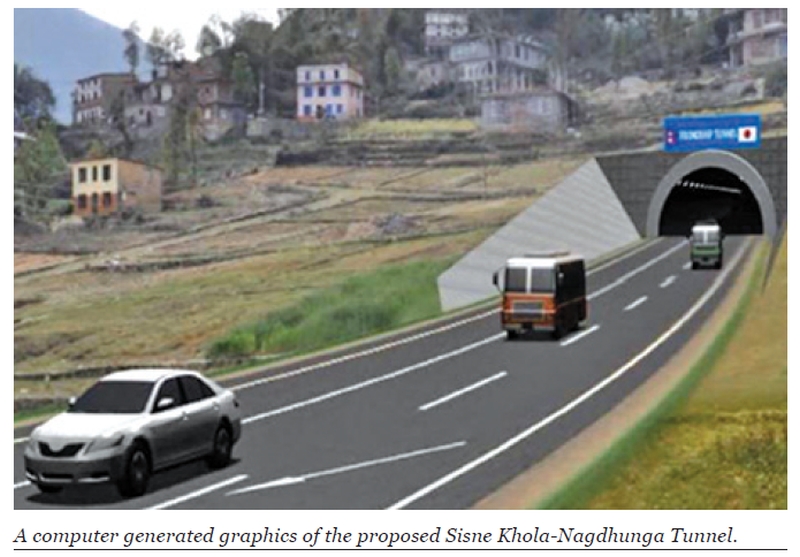
I posed this question to a Nepali friend who is involved with the Japanese Consulting firm that is working on this tunnel project. He concurred with my analysis and said that there were reasons why Japan wants to push the project despite its lack of usefulness. He did not tell me what those reasons were but if it has to do with having a nameplate saying that this is the first tunnel built in Nepal with Japanese aid, then they can get the same recognition by spending that money on the tunnels along the fast track road. Building the fast-track road and getting it constructed on time will be of greater benefit to the country than building a five kilometer tunnel on the Prithvi Highway whose relevance is in question. Bottom line, the government should not be wasting resources on projects that in the long run do not add value irrespective of whether it is being financed with foreign grant or not.
{Manoj Shahi, PhD, CFA is the Chairman of the Association of Investment Professionals Nepal (AIPN). However the views expressed in this article are personal}.


